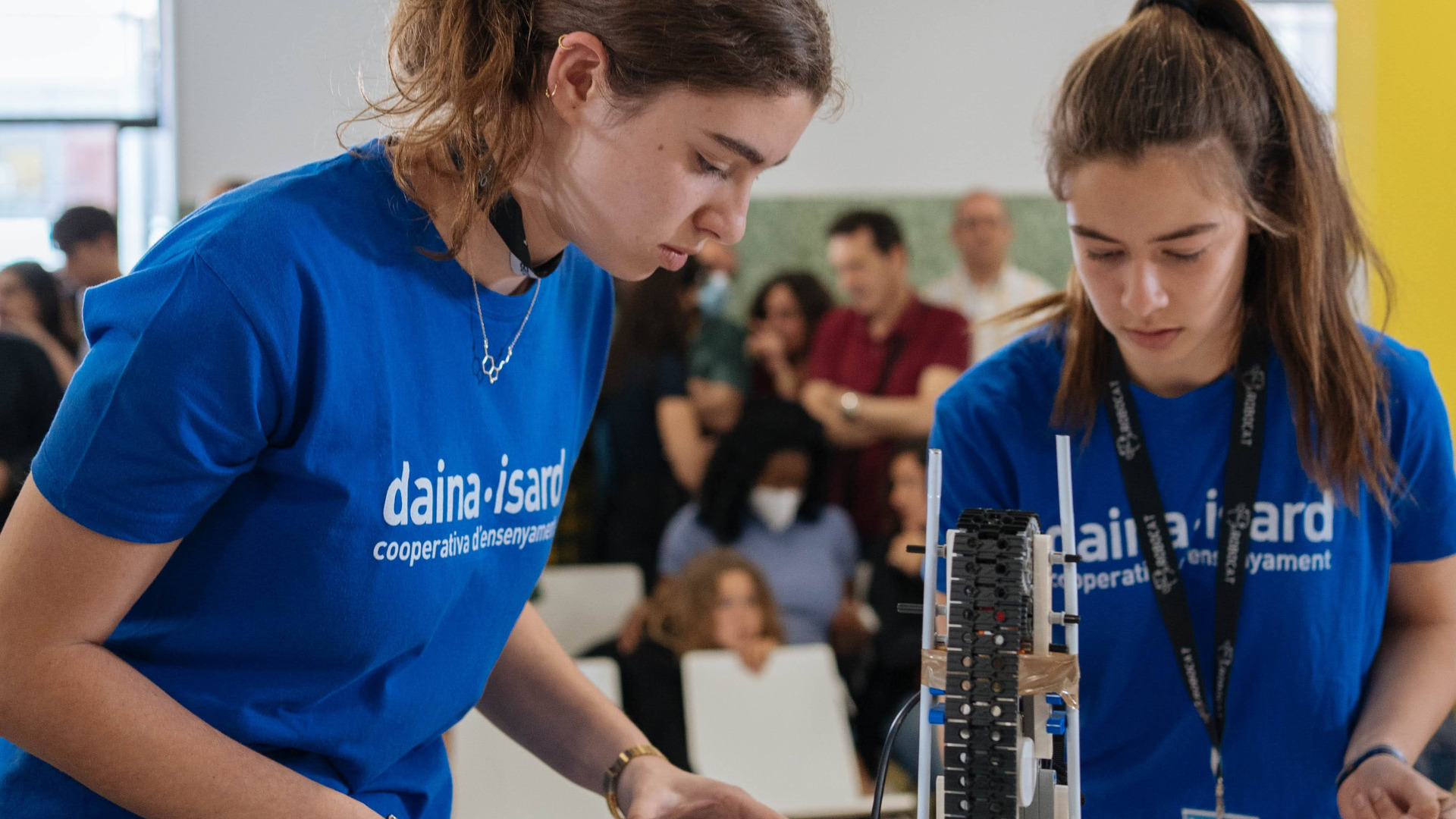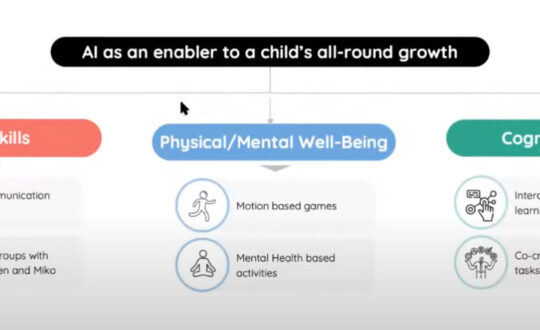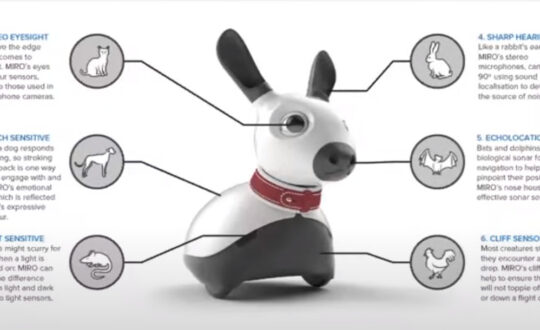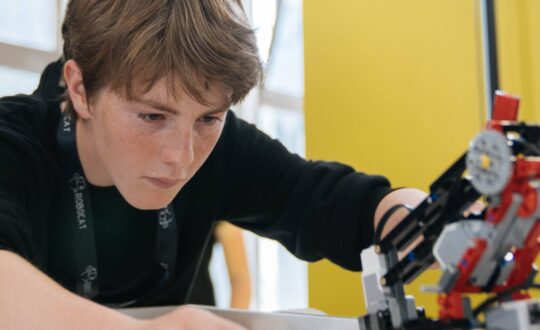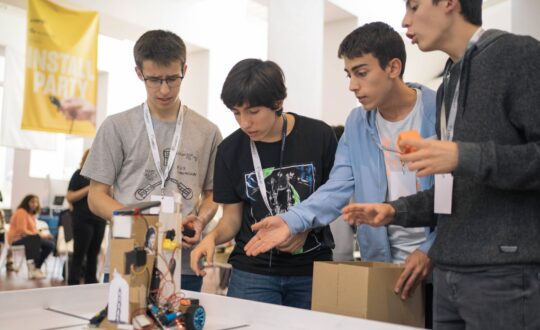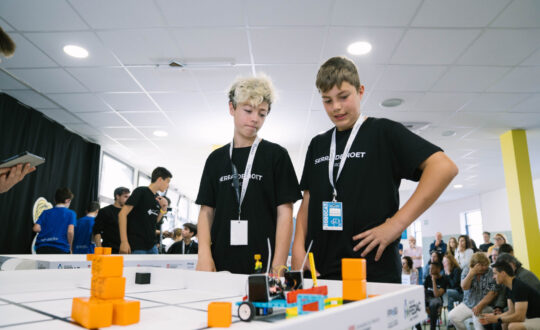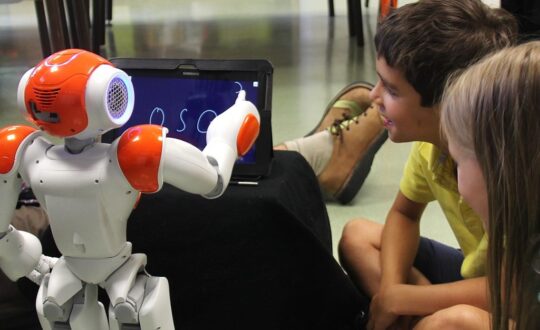Educational robotics is poised to revolutionize the learning landscape by equipping children with essential skills and preparing them for a future where AI and robotics are integral to their lives. However, there are challenges that must be addressed to make educational robotics accessible, affordable, and effective in classrooms. In a recent panel discussion, experts in the field explored the current state of educational robotics, its challenges, the future research directions, and the benefits for diverse learners.
“Robots increase the possibility of doing work at a distance” said Tony Prescott, Professor from University of Sheffield.
Role of Robots in Education
Educational robots can serve various purposes in enhancing learning experiences. They can promote active engagement, problem-solving, and collaboration among students as active learning tools. By introducing robotics in the classroom, children can develop their critical thinking and creativity skills. Robots can also serve as a scaffold for developing social skills, especially for shy children or those with special needs. Interacting with robots can be less intimidating and more predictable than interacting with peers, fostering confidence in social situations. Additionally, robots can act as co-learners or tutors, encouraging children to explain concepts or teach the robot, thereby reinforcing their own understanding.
Challenges in Implementing Robots in Classrooms
Two primary barriers hinder the widespread adoption of robots in classrooms: cost and teacher training. Schools often have limited budgets, making it difficult to invest in expensive robotic equipment. The high cost of advanced robotic systems may exacerbate the digital divide between schools with access to resources and those without. Furthermore, teachers may lack the necessary time and training to effectively integrate robotics into their curriculums. With an already packed schedule and curriculum demands, incorporating robotics can be a daunting task for educators.
Addressing these challenges requires the development of better teacher training programs and government support for prioritizing robotics and AI in education. By recognizing the importance of these technologies for the future workforce, governments can promote the adoption of educational robotics.
Accessibility and Affordability
“There has been a massive change in the past decade where kids have been empowered with new mediums of technology and parents have started getting busier in their day-to-day lives” said Sneh Vaswani, Co-Founder and CEO from Miko.
92%
Parents are dissatisfied by screen addiction in their young kids
80%
Parents will not prevent their kids from technology as every other child has access to it
To bridge the digital divide and ensure equal access to educational robotics, it is essential to make the technology accessible and affordable. Shared resources, such as community centers or mobile labs, can provide access to robotics equipment for multiple schools. Repurposing disused robots from universities and industries for educational purposes can reduce costs and promote sustainability. A subscription model for educational robotics can make it more affordable for consumers, allowing users to purchase a basic robot at a lower price point and subscribe to additional services and content as needed.
Hot Research Topics and the Role of Large Language Models
Current research in educational robotics focuses on swarm robotics, which explores the use of multiple robots working together to lead to more effective learning experiences. Soft robotics investigates the use of soft materials and components in robot design, opening up new possibilities for educational applications. Research in active learning and collaboration seeks to enhance active learning experiences and collaborative problem-solving capabilities.
Large language models like GPT-4 are expected to play a crucial role in enhancing conversational experiences with robots. These models, combined with improvements in emotional intelligence and collaborative problem-solving capabilities, can create more engaging and effective educational robots.
Educational robotics holds great promise for transforming learning experiences, equipping children with valuable skills for their future careers, and supporting diverse learners. By addressing the challenges of cost and teacher training, exploring innovative research areas, and focusing on accessibility, educational robotics can become an inclusive and effective tool for classrooms worldwide.



